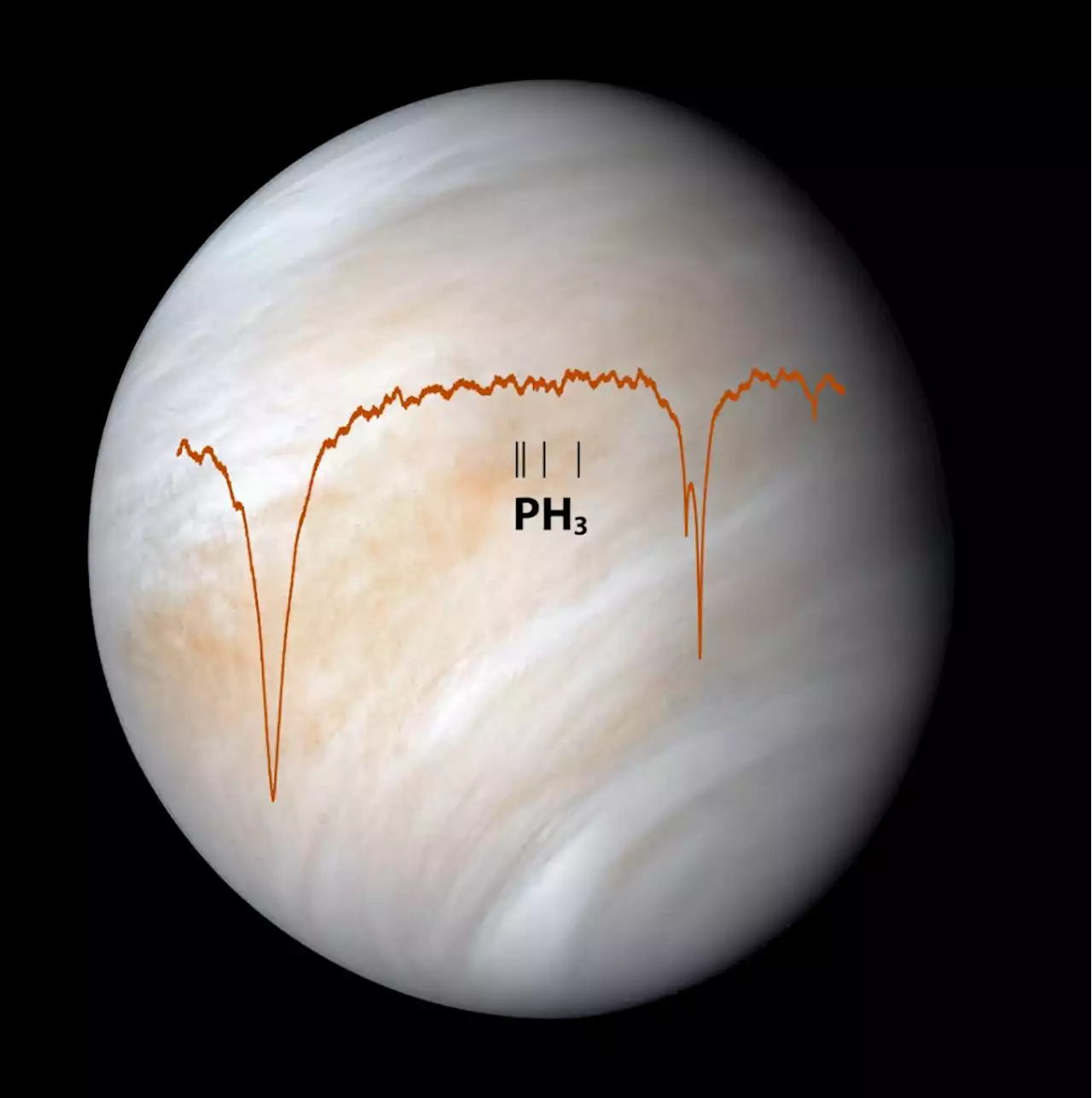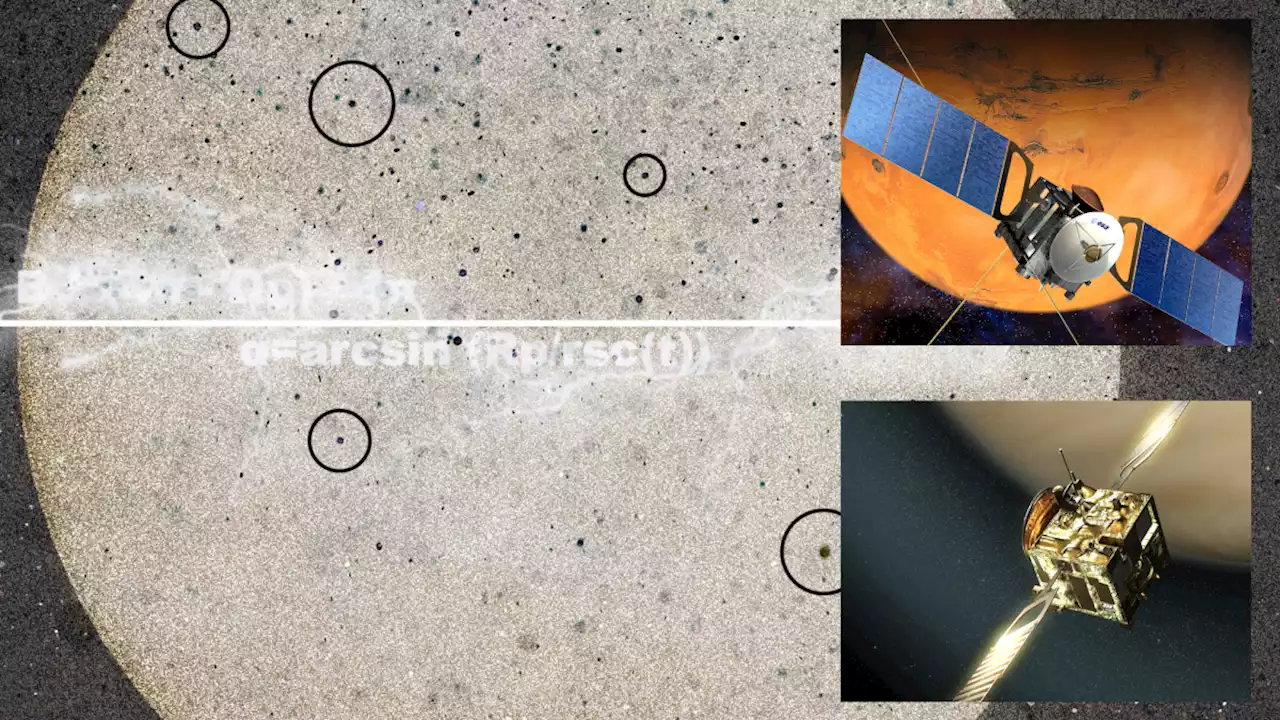Robert Lea is a science journalist in the U.K. whose articles have been published in Physics World, New Scientist, Astronomy Magazine, All About Space, Newsweek and ZME Science. He also writes about science communication for Elsevier and the European Journal of Physics. Rob holds a bachelor of science degree in physics and astronomy from the U.K.’s Open University. Follow him on Twitter @sciencef1rst.
The team then divided the data into three-month periods to analyze cosmic ray counts over these periods, reducing the influence of sporadic solar events such as flares and coronal mass ejections.
The data from all three planets showed that cosmic ray detections declined as the sun's activity in Solar Cycle 24 reached its peak, which occurred around April 2014. However, the Red Planet data showed a nine-month lag between the maximum number of"Previous studies have suggested that there is a delay of several months between solar activity and the behavior of cosmic rays at the Earth and at Mars," Futaana said.
The data collected by Venus Express has been more challenging to analyze than data from Earth or Mars because the way data was processed aboard the spacecraft changed in 2010.
United States Latest News, United States Headlines
Similar News:You can also read news stories similar to this one that we have collected from other news sources.
 Houston mayor touts program for group buying power with solar panelsLet the sun pay your bills with a new solar energy program called Texas Solar Switch.
Houston mayor touts program for group buying power with solar panelsLet the sun pay your bills with a new solar energy program called Texas Solar Switch.
Read more »
 SOFIA Fails to Find Phosphine in the Atmosphere of Venus, But the Debate ContinuesThe on-again, off-again detection of phosphine in the atmosphere of Venus appears to be off-again – for now. The latest study, based on data from the SOFIA telescope, reveals that the flying observatory didn’t see any signs of phosphine. According to the results, if there is any phosphine present in Venus’s atmosphere at all, it’s … Continue reading 'SOFIA Fails to Find Phosphine in the Atmosphere of Venus, But the Debate Continues'
SOFIA Fails to Find Phosphine in the Atmosphere of Venus, But the Debate ContinuesThe on-again, off-again detection of phosphine in the atmosphere of Venus appears to be off-again – for now. The latest study, based on data from the SOFIA telescope, reveals that the flying observatory didn’t see any signs of phosphine. According to the results, if there is any phosphine present in Venus’s atmosphere at all, it’s … Continue reading 'SOFIA Fails to Find Phosphine in the Atmosphere of Venus, But the Debate Continues'
Read more »
Galactic Cosmic Rays at Mars and Venus: Temporal Variations from Hours to Decades Measured as the Background Signal of Onboard Microchannel Plates - IOPscience
Read more »
 NASA's Lucy asteroid-scouting mission resumes work on solar arrays in deep spaceMission team attempts to fully deploy solar wing hit small snag.
NASA's Lucy asteroid-scouting mission resumes work on solar arrays in deep spaceMission team attempts to fully deploy solar wing hit small snag.
Read more »
 Lightyear’s ‘solar car’ with 300-mile range has entered productionLightyear's solar car is now in production, but if you want to get the 100% solar car, you're going to need to drop a small fortune.
Lightyear’s ‘solar car’ with 300-mile range has entered productionLightyear's solar car is now in production, but if you want to get the 100% solar car, you're going to need to drop a small fortune.
Read more »
 Phosphorous-based 2D material may lead to advanced solar cells, Li-ion batteriesResearchers at Queen Mary University of London and University College London have joined forces to provide a vision for how phosphorene nanoribbons or PNRs can be used to help tackle the energy crisis.
Phosphorous-based 2D material may lead to advanced solar cells, Li-ion batteriesResearchers at Queen Mary University of London and University College London have joined forces to provide a vision for how phosphorene nanoribbons or PNRs can be used to help tackle the energy crisis.
Read more »
